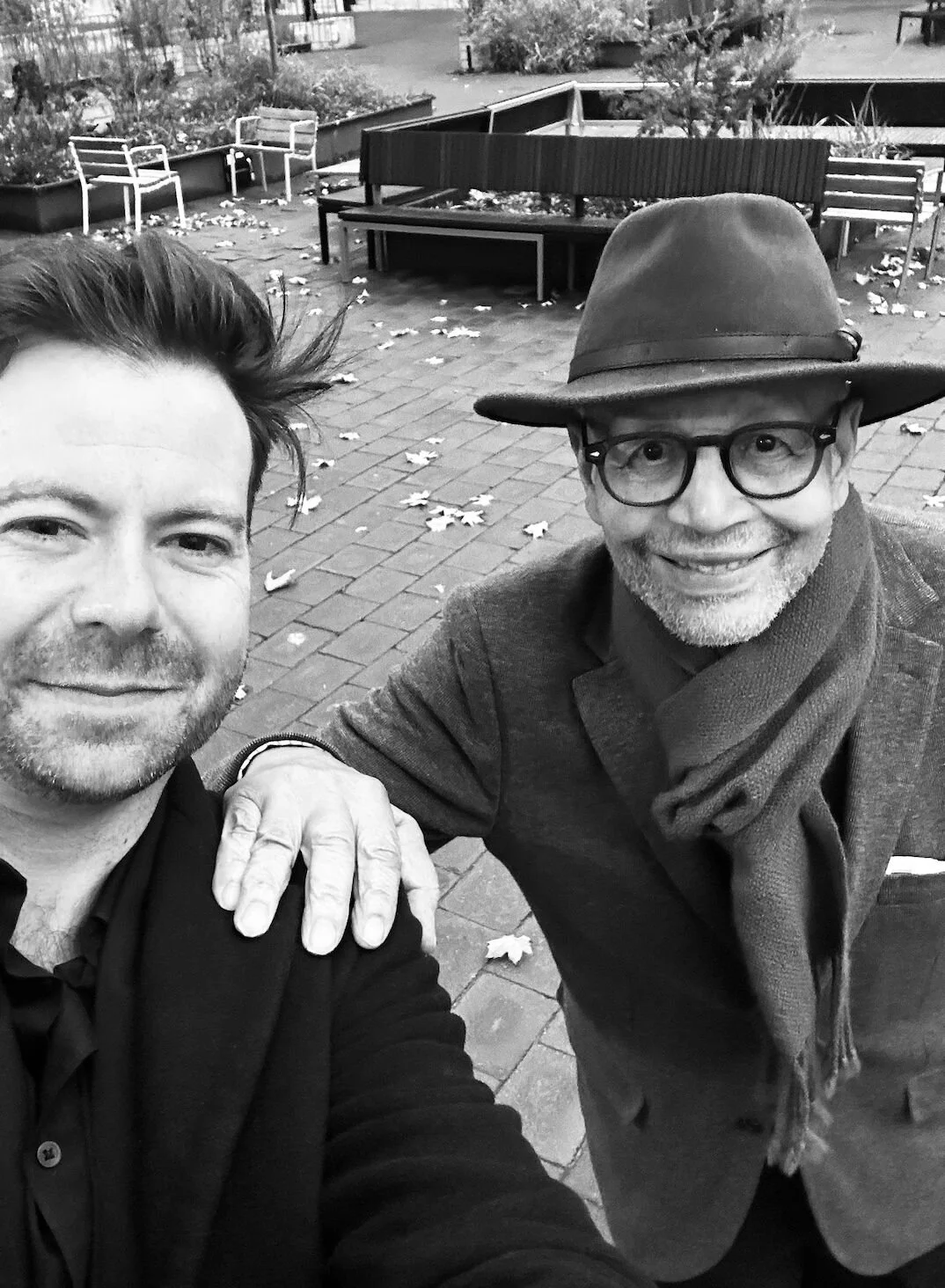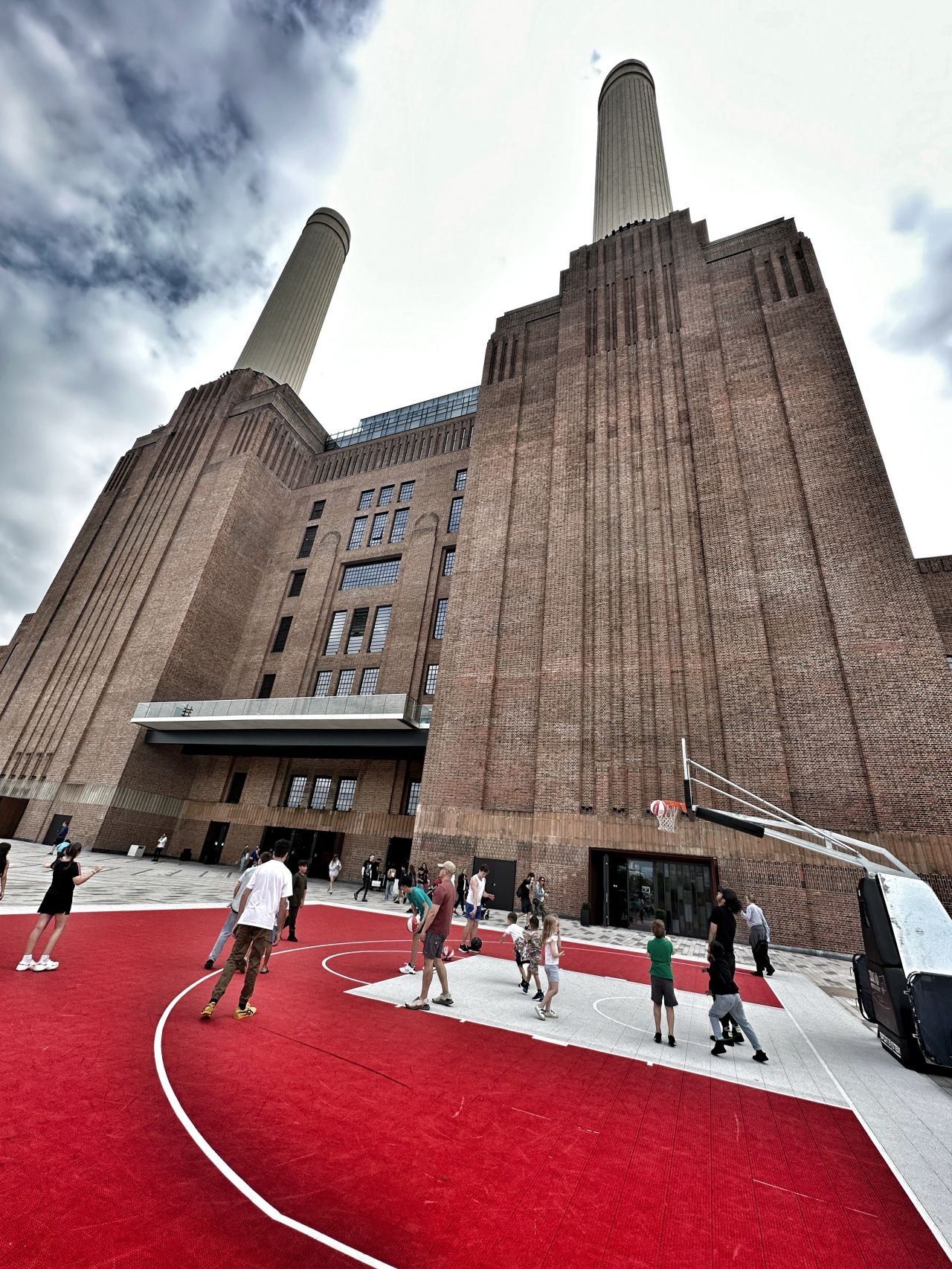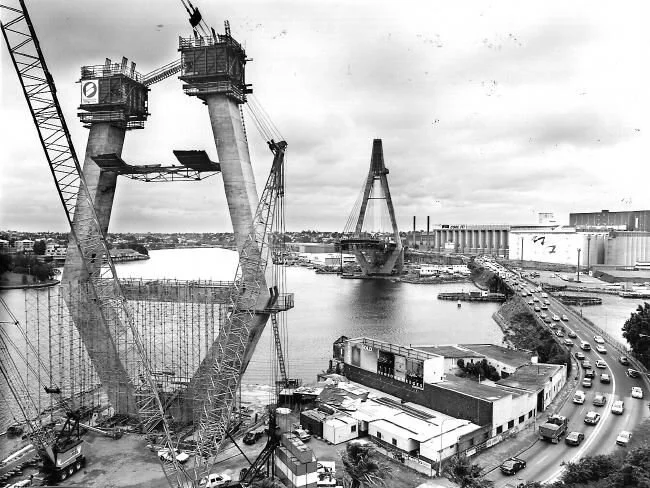Sydney has demonstrated increased enthusiasm for bikes over the last few years. As someone born and raised in the city, this is something that I’m incredibly proud of.
Although Lord Mayor Clover Moore only represents a very small segment of a large and segmented urban region, she has done an amazing job at pushing the bicycle infrastructure agenda. Numerous other local council mayors have followed her lead. As good as some of the recent investment has been, there is just one teeny weeny issue that needs to be addressed.
That teeny weeny issue is actually quite a serious one because if you don’t get it right, the entire bike path agenda could come crashing down. That teeny weeny issue is design. When you design something, you design it for the end user. If the end user does not feel safe or happy using that piece of infrastructure then it has ultimately failed. As urban planning is much a political game as a design or engineering game, it relies on communicating achieved results to the public to ensure that investment can continue. I’m concerned however that Sydney’s cycle planners are shooting themselves in the foot. Sydney’s separated bike paths will not get used if they’re designed poorly.
Transport planners and urban designers can pick, choose and customise bike path designs all they want, but we know that the Dutch and Danish models work best, so why not just stick with that? Put simply, separated bike paths should run along each side of the road in the same direction as the traffic moving alongside it. This is a very simple design logic has been statistically proven to be safer than any other model. Unfortunately, most Sydney councils seem to be constructing bi-directional, rather than uni-directional paths.
Bi-directional paths mean that bike riders have to ride against oncoming traffic, it becomes very difficult to join vehicular traffic when the bike path no longer exists and it becomes very difficult to turn onto perpendicular streets.
Marrickville Council has recently constructed a new bi-directional bike lane along Myrtle Street. Not only did I have to cross the road to get onto the thing, but I had to cross back over a blind intersection to get off it again. If I was to ride down Myrtle Street again, I’d choose to stay well clear of the path for the sake of my own safety.
Let's have a quick look at it:
1. Cyclist will either need to be on the foothpath or will need to cross the road to join the path at the southern end.
2. There is no access to or from Charlotte Avenue (perpendicular street on left). Complete access is crucial to successful bike infrastructure.
3. When the path ends, the cyclist is left on the wrong side of the road, wondering where the hell to go. As seen in the map below (pre-construction), the cyclist needs to do a super weird lap around a traffic island, just to continue along the route. In doing so, they need to cross the street at a blind corner.
As cities across the globe begin to invest more heavily in cycling infrastructure, it’s important that they understand what does and doesn't work in terms of design. It won’t do any councillor, mayor, planner or road user a favour if it's done poorly. So how about we start with the basics: one side of the road goes one way, the other side goes another. Ok, I’m glad we’re now all clear on that one.















